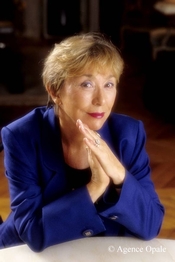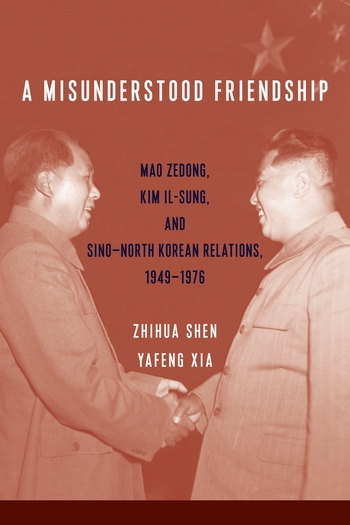Alexei Remizov’s Early Modernist Masterpiece Sisters of the Cross

All this week we have highlighted our Russian Library series as part of our ongoing feature for National Translation Month. Today’s post is about the novel Sisters of the Cross by Alexei Remizov, translated by Roger Keys and Brian Murphy.
Don’t forget to enter our drawing for a chance to win an entire set of the books published in the Russian Library series thus far! The drawing closes today, Friday, September 21st, at 1:00 pm EDT.
• • • • • •
Praised by James Joyce and affiliated with the Bloomsbury Group, Alexei Remizov was one of the leading figures of the Russian Symbolist movement known for his unique style, which blends a popular Russian idiom with the language of old Russian tales and folklore. The complexity of this style might explain why his remains little translated into English. A masterpiece of early modernist fiction, Remizov’s novel Sisters of the Cross fluctuates narrative perspective to tell the story of a “poor clerk” who rebels against the suffering and humiliation afflicting both his own life and the lives of the remarkable women whom he encounters at Burkov House, the tenement building where he lives in St. Petersburg.
Columbia PhD candidate Ani Kodzhabasheva wrote about the role of the city and Burkov House in the novel in the previous post “St. Petersburg, Capital of the Nineteenth Century,” saying:
The protagonist of Sisters of the Cross, Marakulin, falls on hard times and leaves his nice apartment in the Burkov House to move into a rented room three floors up. This change in circumstances gives him a new perspective on the city. Whereas before his window looked onto a neighborly courtyard where children play, he now sees the factory and hospital behind the building. Now that his apartment faces out toward the larger world, Marakulin is exposed to the city’s noise—“that wearisome sound of iron hitting against stone as Petersburg… rebuilds itself,” to extreme heat in summer, and to black soot that accumulates between his windowpanes.
Marakulin’s window offers a prime view of the city’s rapid industrialization. He quickly becomes accustomed to his new surroundings. He cannot see the sky, but the electric floodlight in the factory yard shines “like a moon through the mist and smoke.” A light in a hospital window at night replaces the stars. The seasons are defined by the ecology of coal: when more fuel is brought into the factory and “day after day the yard grows into a black mountain, this means that summer has come to an end… When, however, the huge mountain begins to diminish, melting and slipping away like snow,” it is spring.
“Burkov House’s different faces reveal the strikingly different life-worlds contained within St. Petersburg’s dense fabric.”
Burkov House’s different faces reveal the strikingly different life-worlds contained within St. Petersburg’s dense fabric. The apartment complex is located in a central part of the city, near major cathedrals and the historic theaters on the Nevsky Prospekt, St. Petersburg’s main boulevard (The Fontanka River, on which the Burkov House is located, is perpendicular to the Nevsky Prospekt.) The tenement’s main frontage houses aristocrats, high government officials, a German doctor, and other wealthy urbanites who occupy multiple apartments each. The farther end of the courtyard is reserved for the middle class. Marakulin’s new room is probably on the undesirable side of the building, where the residential block abuts the hospital and the industrial complex.
Thus, all aspects of the turn-of-the-century urban experience are present in Marakulin’s immediate vicinity: poverty, misfortune (perhaps most extreme for those confined within the Obukhov Hospital’s psychiatric ward), extreme wealth, rapid industrialization infringing on the city’s eighteenth-century core, broad avenues, quiet courtyards sheltered from the street, and soot-covered corners in back alleys. As Roger Keys writes in the introduction to Sisters of the Cross, Burkov House and its surroundings are real places. But they are also a microcosm of St. Petersburg’s particular modernity.
You can read Ani Kodzhabasheva’s post in full here.
• • • • • •
To find out more about Alexei Remizov and Sisters of the Cross, read co-translator Roger Keys’s introduction to the book below and this excerpt from the beginning of the novel published in Lit Hub.







